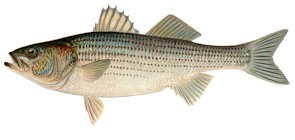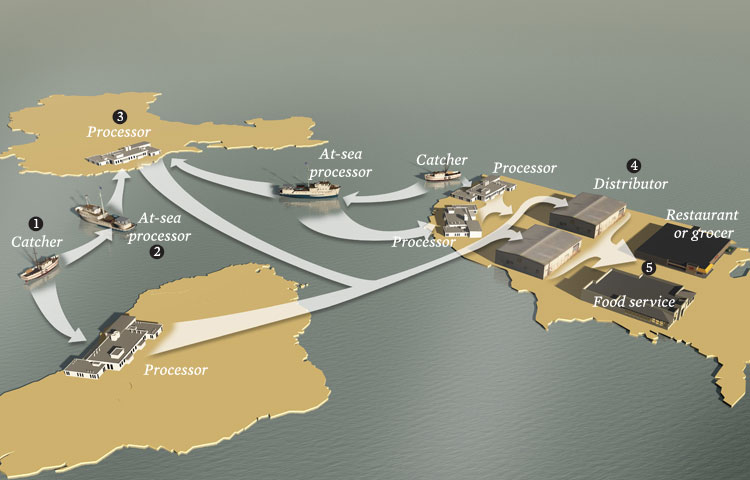Almost 30 years ago, Congress stated that the National Petroleum Reserve – Alaska (NPR-A) was an, “exceptional natural, fish, wildlife, scenic, cultural and historical values that warrant protection”. Situated not far from the Arctic National Wildlife Refuge, the NPR-A is now under a lot of scrutiny. As the largest federal land management unit in the nation (23 million acres, almost the size of Indiana!) the Bureau of Land Management has proposed 4 alternatives for its future.
 The only one suitable for the habitat Congress hailed as exceptional 30 years ago, would be Alternative B. Dr. Steve Zack, conservation scientist, for the Wildlife Conservation Society (WCS) – North America Program:
The only one suitable for the habitat Congress hailed as exceptional 30 years ago, would be Alternative B. Dr. Steve Zack, conservation scientist, for the Wildlife Conservation Society (WCS) – North America Program:
WCS is very encouraged to see in the planning process for western Arctic Alaska an alternative that will mean significant wildlife conservation through protection of key areas. The Bureau of Land Management`s plan for the largest public landscape in the United States, the National-Petroleum Reserve – Alaska, includes four alternatives, one of which is Alternative B. Alternative B sets aside from development the most important part of the world`s largest Arctic wetland, located around Teshekpuk Lake, and provides protection of the large landscapes across which hundreds of thousands of caribou migrate, including the Utukok Uplands region. We strongly feel that Alternative B, which categorizes areas critical for wildlife as unavailable for oil and gas leasing, balances energy development and wildlife protection in a landscape rich in both resources.
Polar bears, walruses, belugas, caribou, wolves, grizzly bears, and waterbirds all rely on the diverse habitat of the NPR-A to survive. Furthermore, for thousands of years there have been native communities living along the reserve. Please request to Secretary Salazar that these communities not be developed in order to maintain this sustainable lifestyle.
For some amazing images of the Utukok River Uplands (an area within the NPR-A) spend some time on this website. I think I’m ready to move after looking at these!























What people are saying …